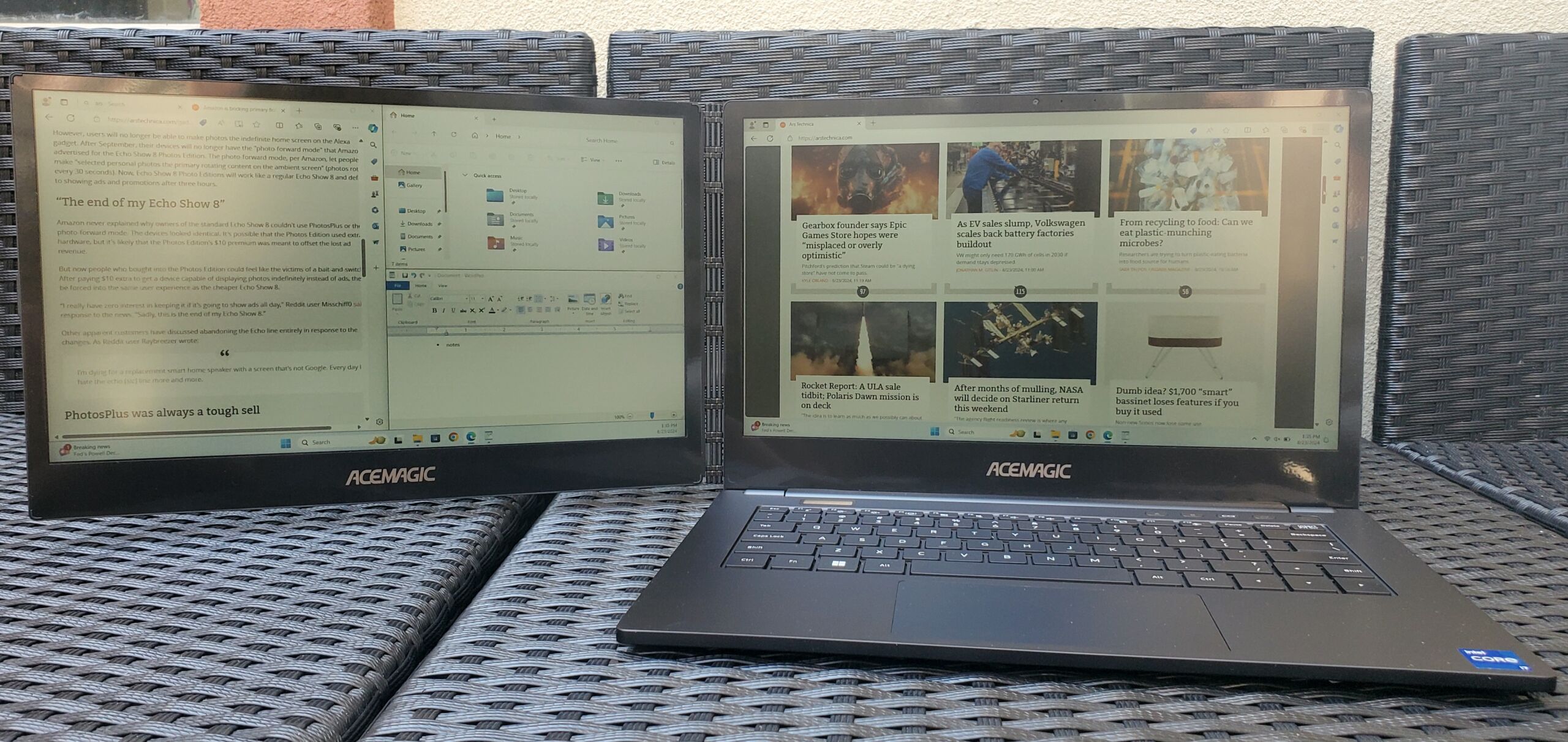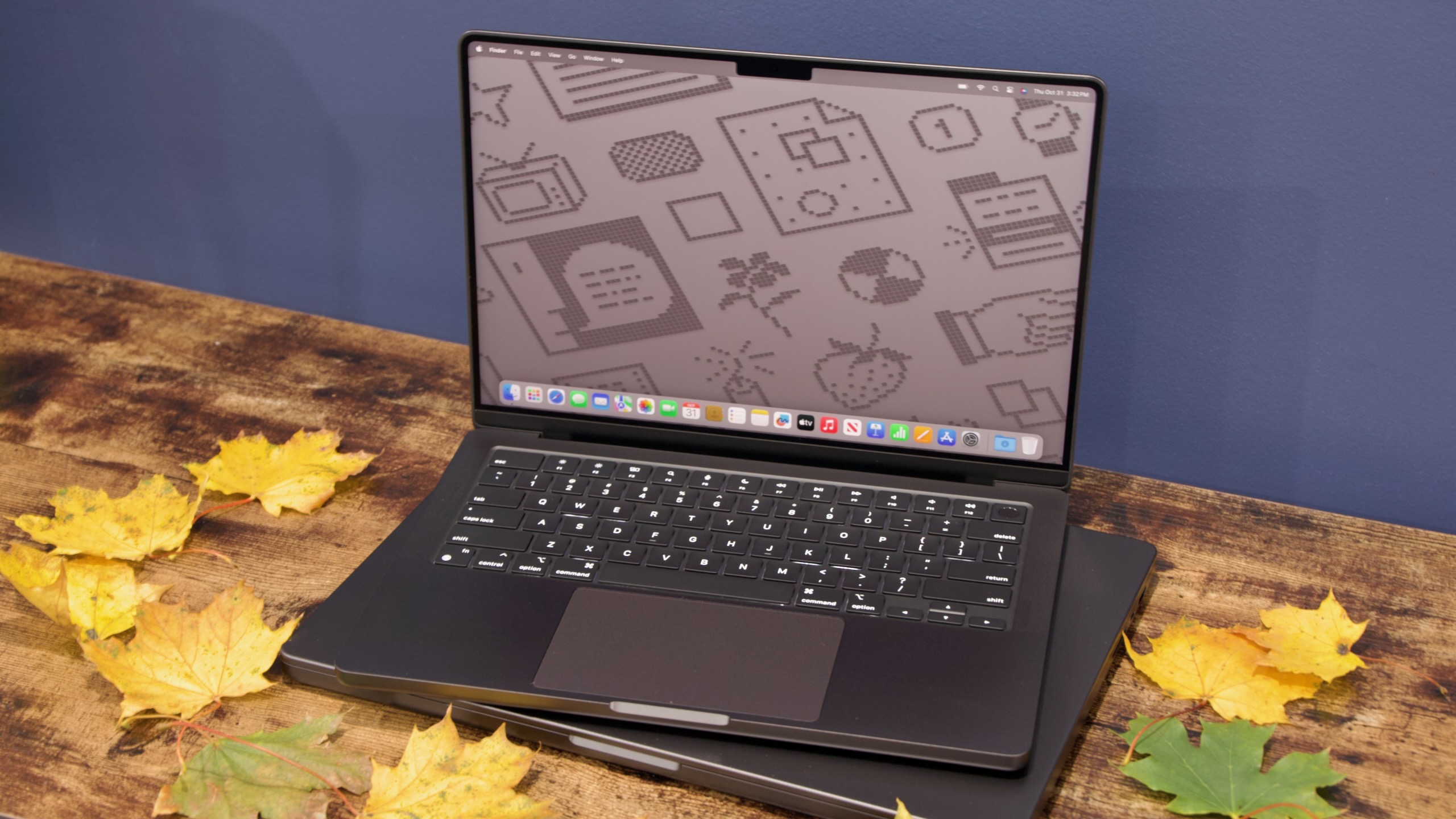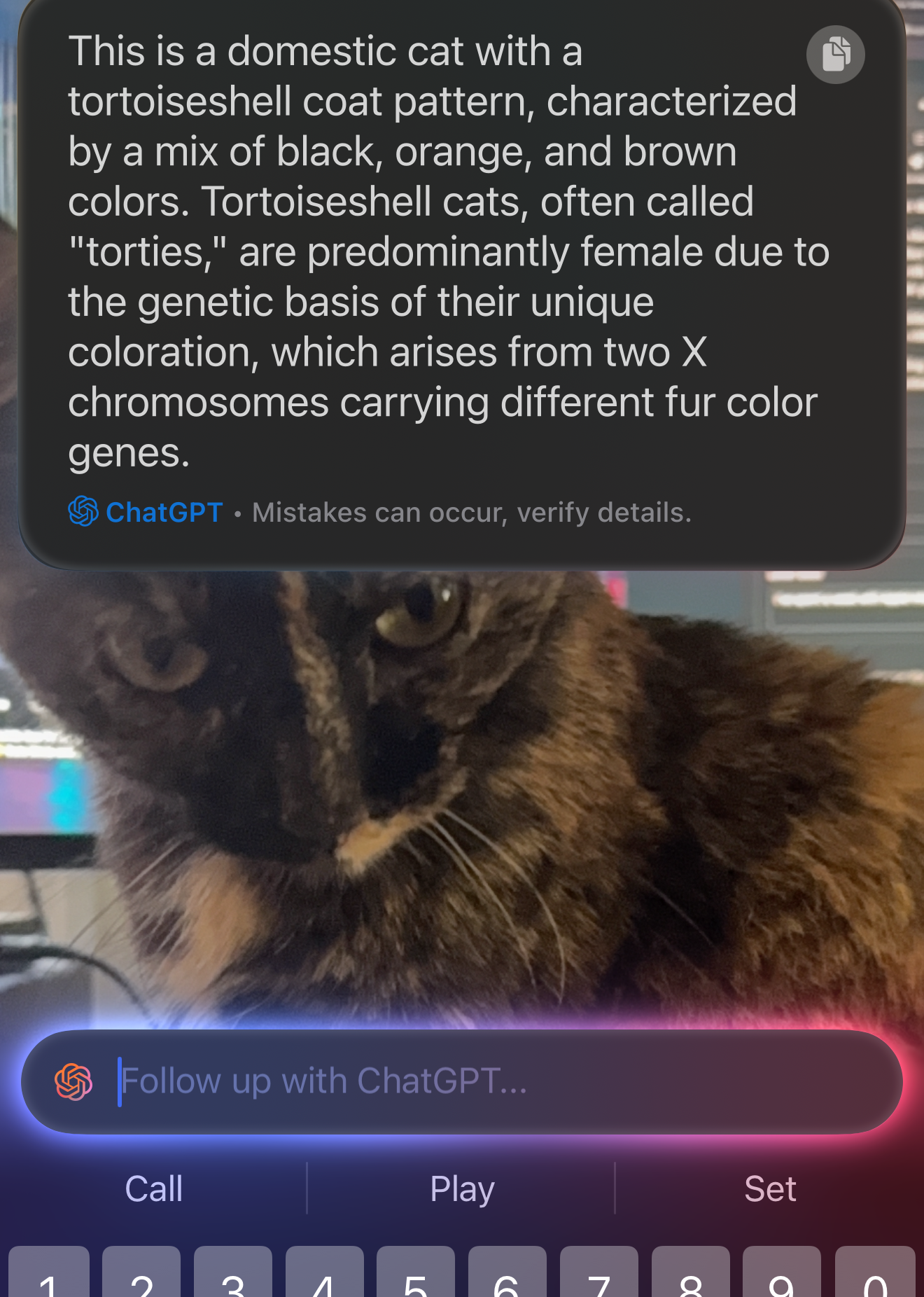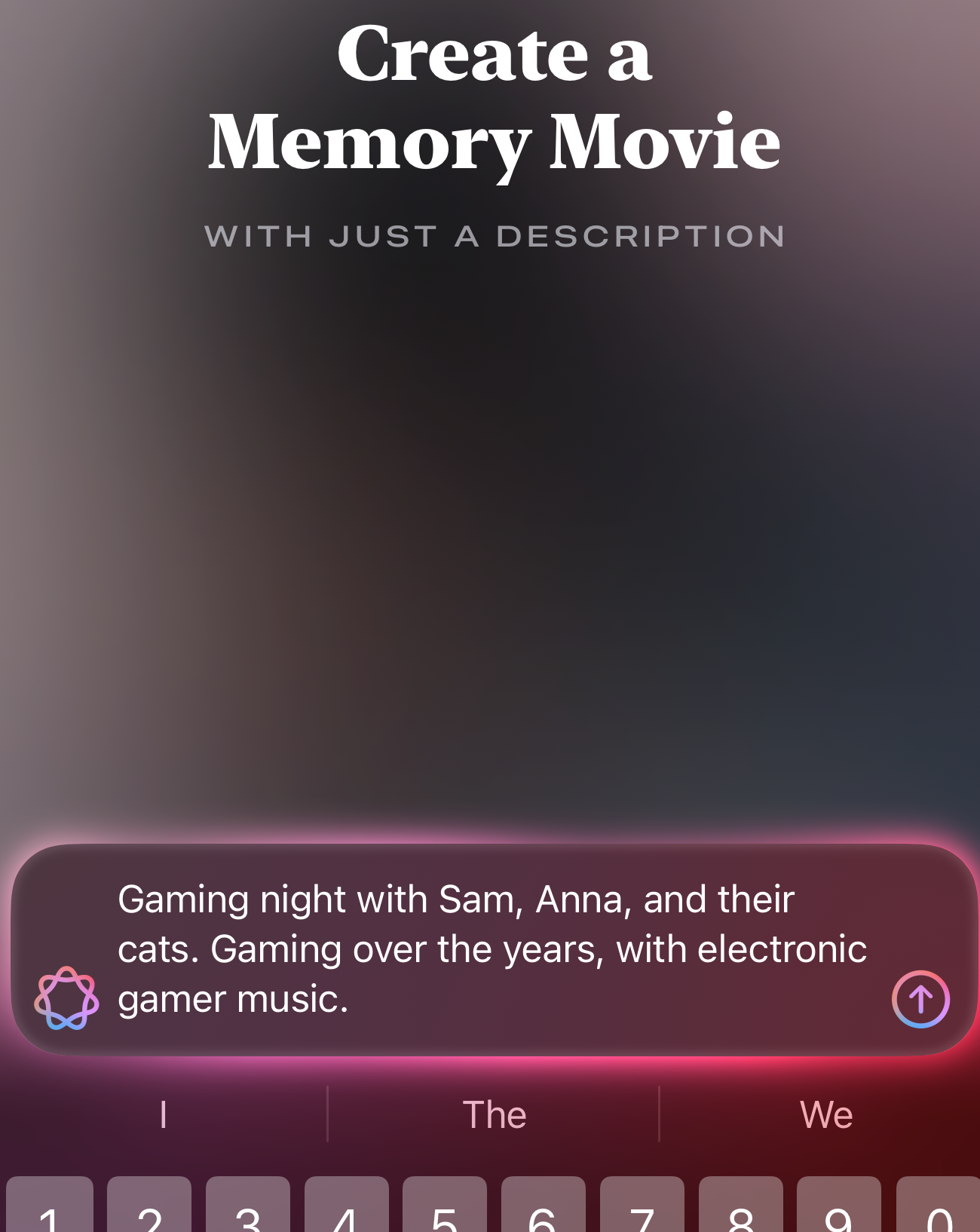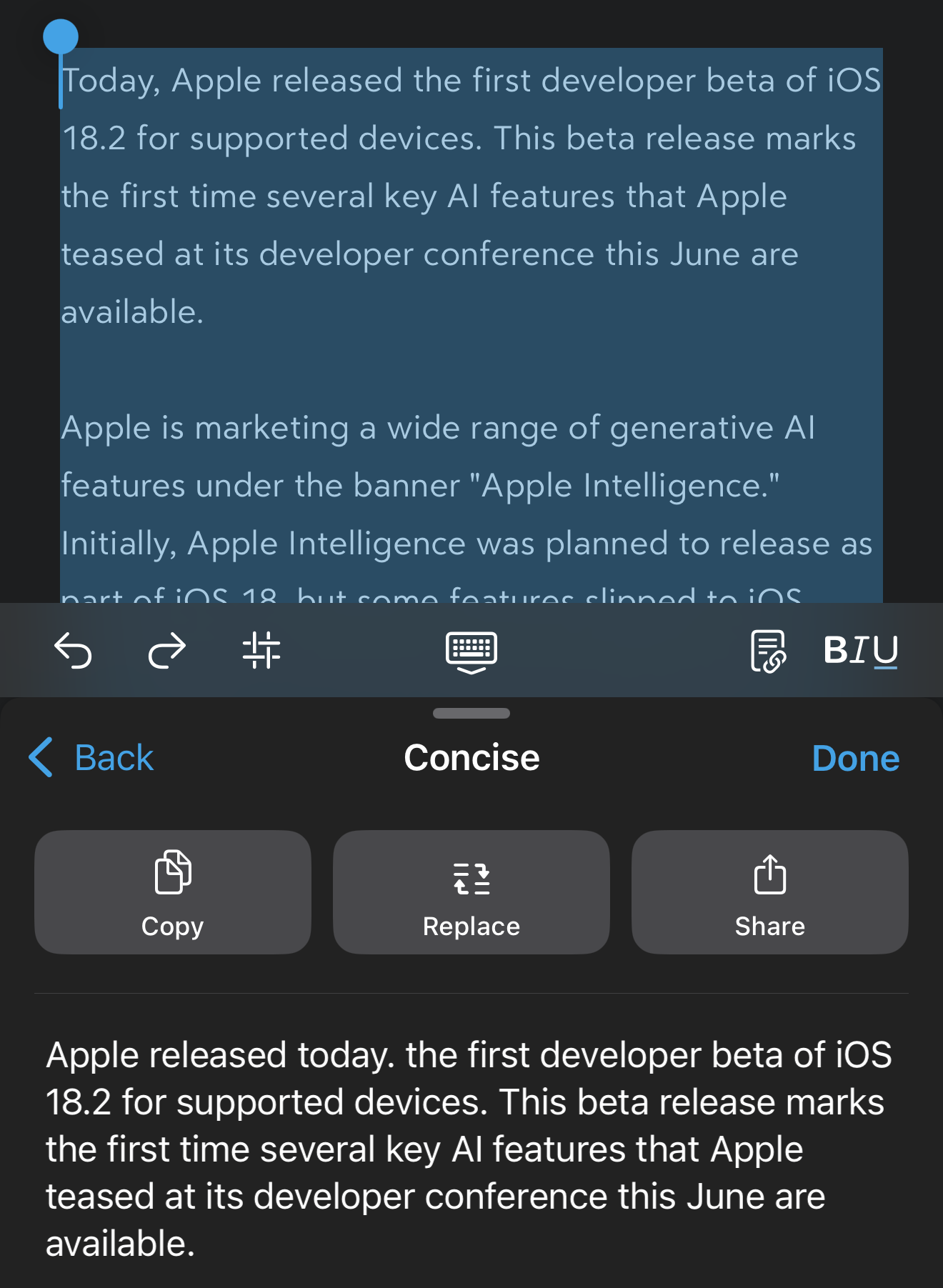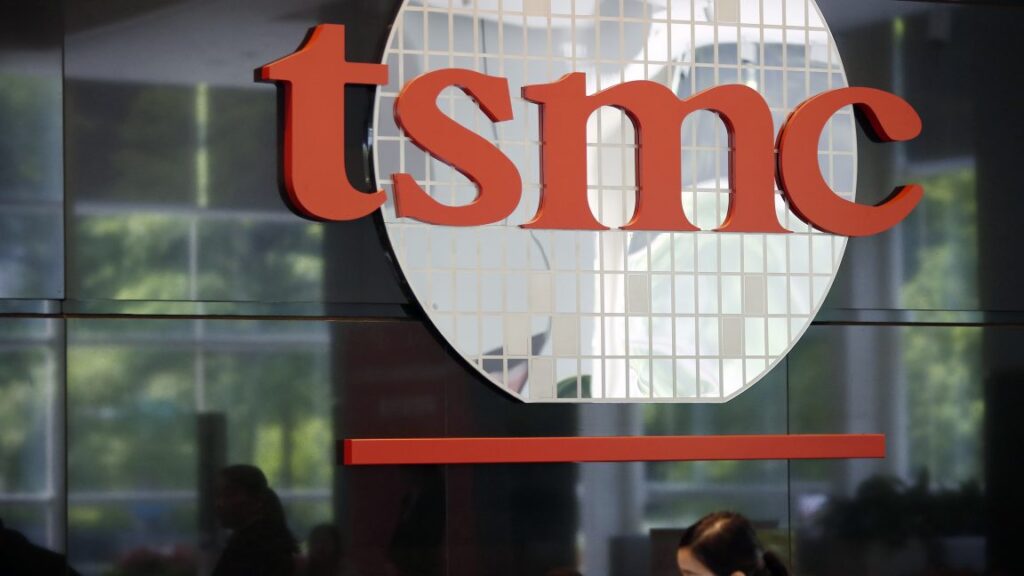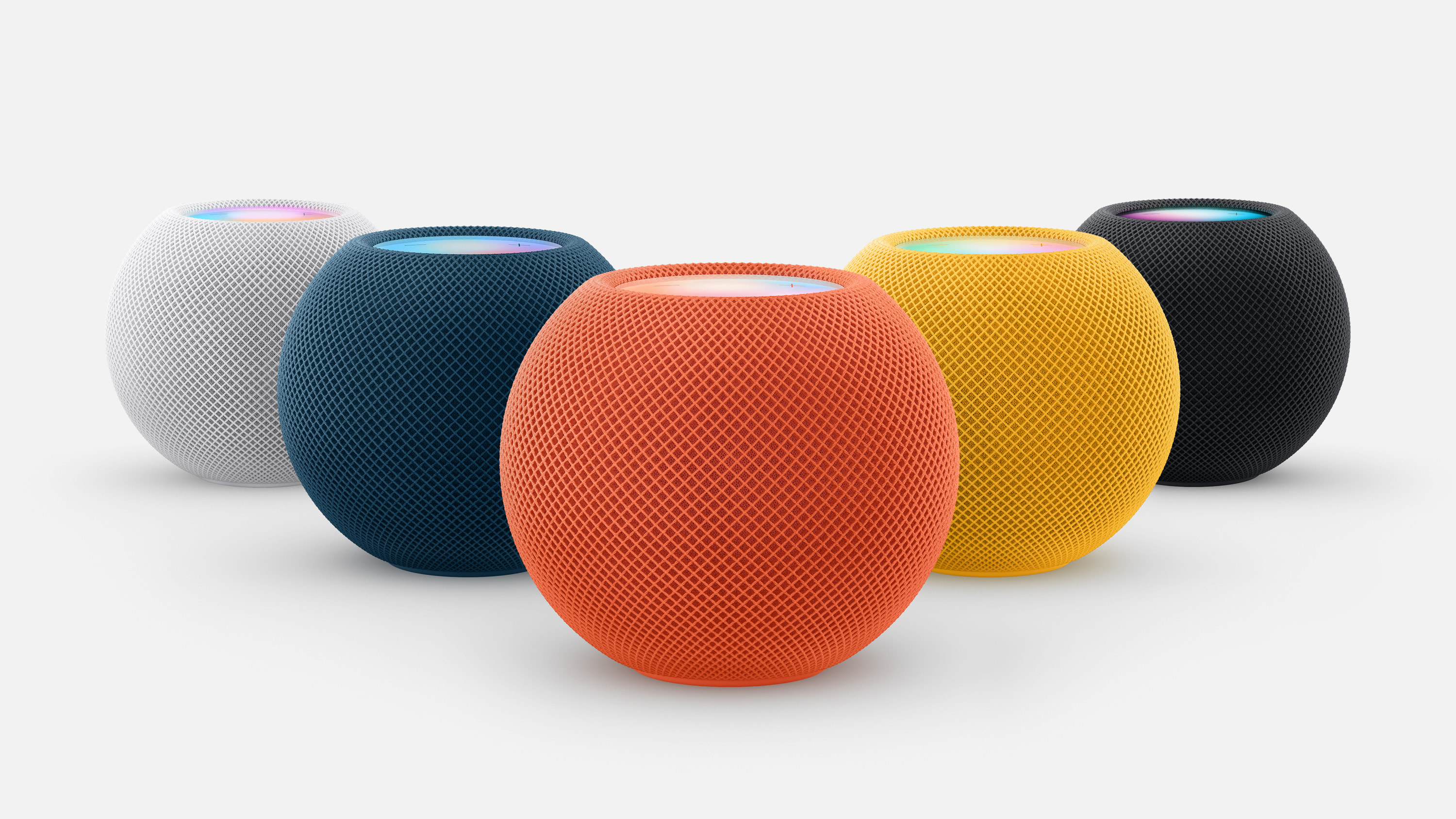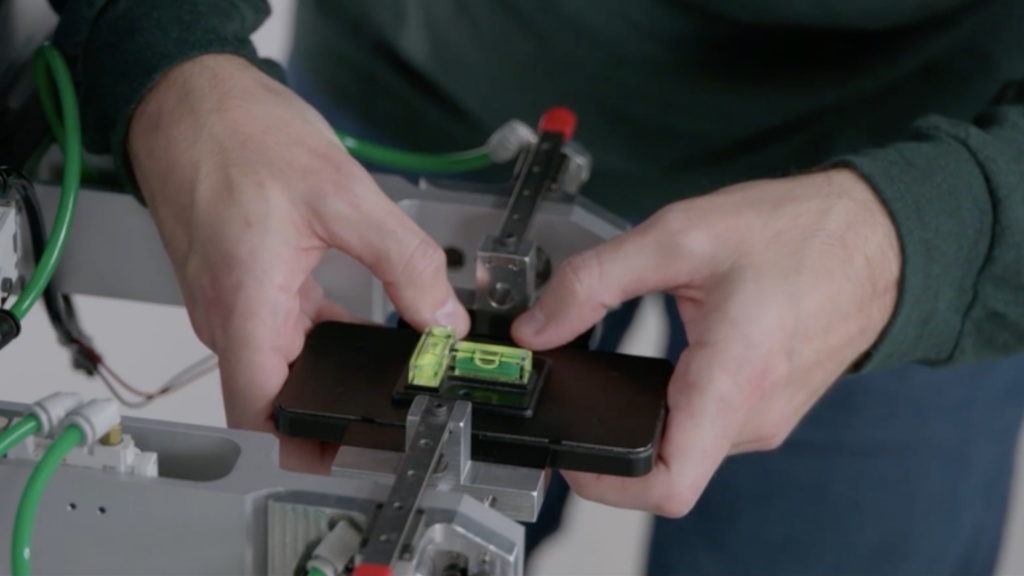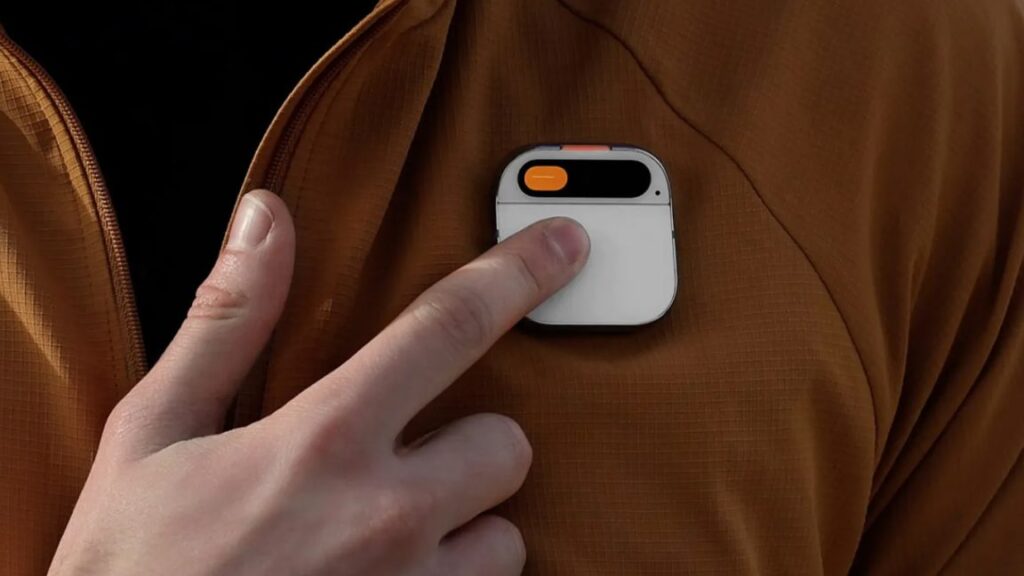After working with a dual-screen portable monitor for a month, I’m a believer
I typically used the FlipGo Pro with a 16: 10 laptop screen, meaning that the portable monitor provided me with a taller view that differed from what most laptops offer. When the FlipGo Pro is working as one unified screen, it delivers a 6:2 (or 2:6) experience. These more unique aspect ratios, combined with the abilities to easily rotate the lightweight FlipGo Pro from portrait to landscape mode and swap between a dual or unified monitor, amplified the gadget’s versatility and minimal desk space requirement.
Dual-screen monitors edge out dual-screen PCs
The appeal of a device that can bring you two times the screen space without being a burden to carry around is obvious. Many of the options until now, however, have felt experimental, fragile, or overly niche for most people to consider.
I recently gave praise to the concept behind a laptop with a secondary screen that attaches to the primary through a 360-degree hinge on the primary display’s left side:
The AceMagic X1 dual-screen laptop. Credit: Scharon Harding
Unlike the dual-screen Lenovo Yoga Book 9i, the AceMagic X1 has an integrated keyboard and touchpad. However, the PC’s questionable durability and dated components and its maker’s sketchy reputation (malware was once found inside AceMagic mini PCs) prevent me from recommending the laptop.
Meanwhile, something like the FlipGo Pro does something that today’s dual-screen laptops fail to do in their quest to provide extra screen space. With its quick swapping from one to two screens and simple adjustability, it’s easy for users of various OSes to maximize its versatility. As tech companies continue exploring the integration of extra screens, products like the FlipGo Pro remind me of the importance of evolution over sacrifice. A second screen has less value if it takes the place of critical features or quality builds. While a dual portable monitor isn’t as flashy or groundbreaking as a laptop with two full-size displays built in, when well-executed, it could be significantly more helpful—which, at least for now, is groundbreaking enough.
After working with a dual-screen portable monitor for a month, I’m a believer Read More »

